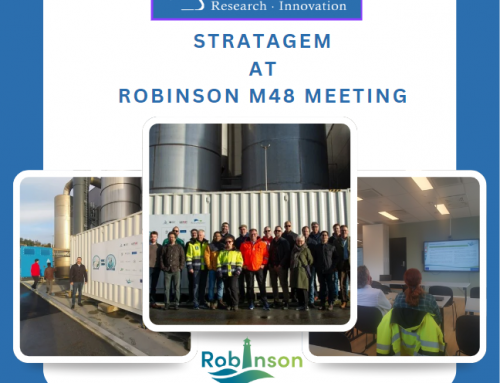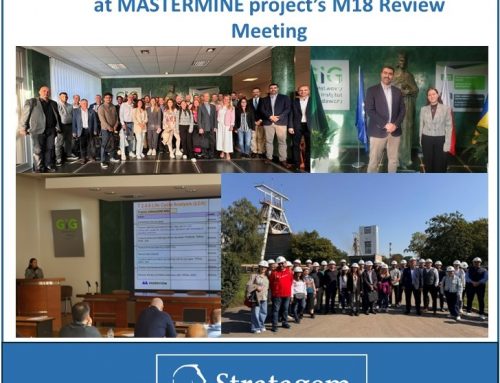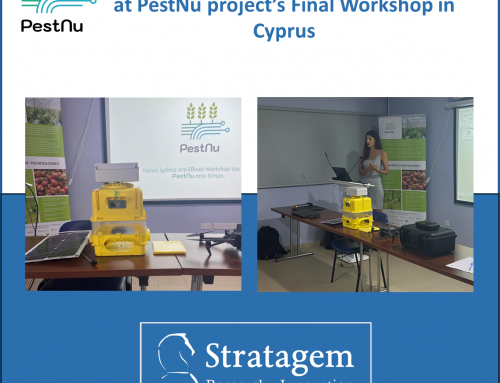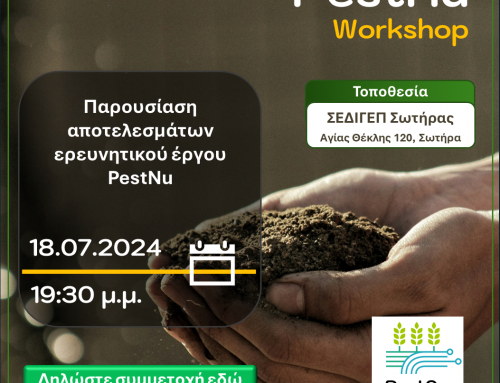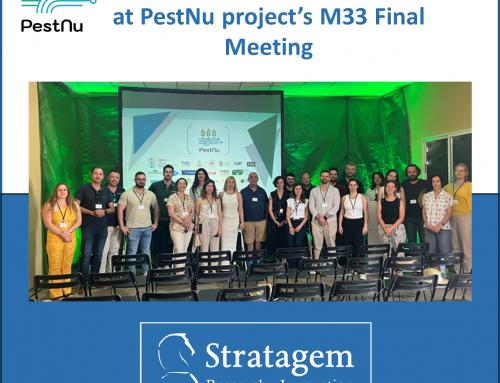The GOAL project is funded under the Research Promotion Foundation – RESTART 2016 – 2020 PROGRAMMES (CONCEPT/0618/015).
The objective of GOAL project is to transform the glass generated in all municipalities from waste to secondary raw material for the production of innovative binders and hence, of marketable pre-casted building materials, with high compressive strength and application in the construction industry.
The scope of the GOAL project is to make all the necessary laboratory preliminary activities for producing innovative building materials from glass, based on the innovative technology of geopolymerisation.
The preliminary analysis of raw materials has given the evidence that the raw materials is very good precursor for the geopolymerisation and the development of building materials. The analysis took place in several batches in order to concluded to a generic chemical analysis which has been applied in all cases. The glass used in this study for the production of geopolymers was collected by businesses and hotels of the Municipality of Paralimni in Cyprus where approximately 50 kg was grinded to a grain size of <90 µm (Figure 1).
In addition, the mineralogical analysis took place. The best geopolymerisation is achieved in totally amorphous raw materials, where it is succeeded the highest dissolution of the Al and Si oxides. Moreover, the best alkaline activator and its concentration has been finalized, since the highest dissolution gives the highest compressive strength.
The properties studied for the inorganic polymeric materials prepared were density, setting time, uniaxial compressive strength, flexural strength, tensile strength, Young’s Modulus, cold water absorption and freeze-thaw cycles. The physical properties of the material that have been measured include cold water absorption and density. The cold water absorption has been determined according to the EN 771-1:2003 standard test. The material density has been calculated by measuring the dimensions and the mass of the specimens with a precision electronic calliper as well as the weight of specimens with a precision balance respectively (Figure 2).
The optimum glass geopolymer compositions were analyzed and their use as building materials was found during the framework of the current study. Moreover, the compositions present very high strength and reached values up to 40 MPa.
The final step was to prepare an initial feasibility study, analyzing the technical viability of the developed materials, using glass. Following, the SWOT framework analysis, the strengths, weaknesses, opportunities and threats during the glass material analysis were identified. Moreover, an analysis of the market and competition was undertaken, where global building materials markets was estimated as well as main building material industries in Cyprus and aboard were defined.


